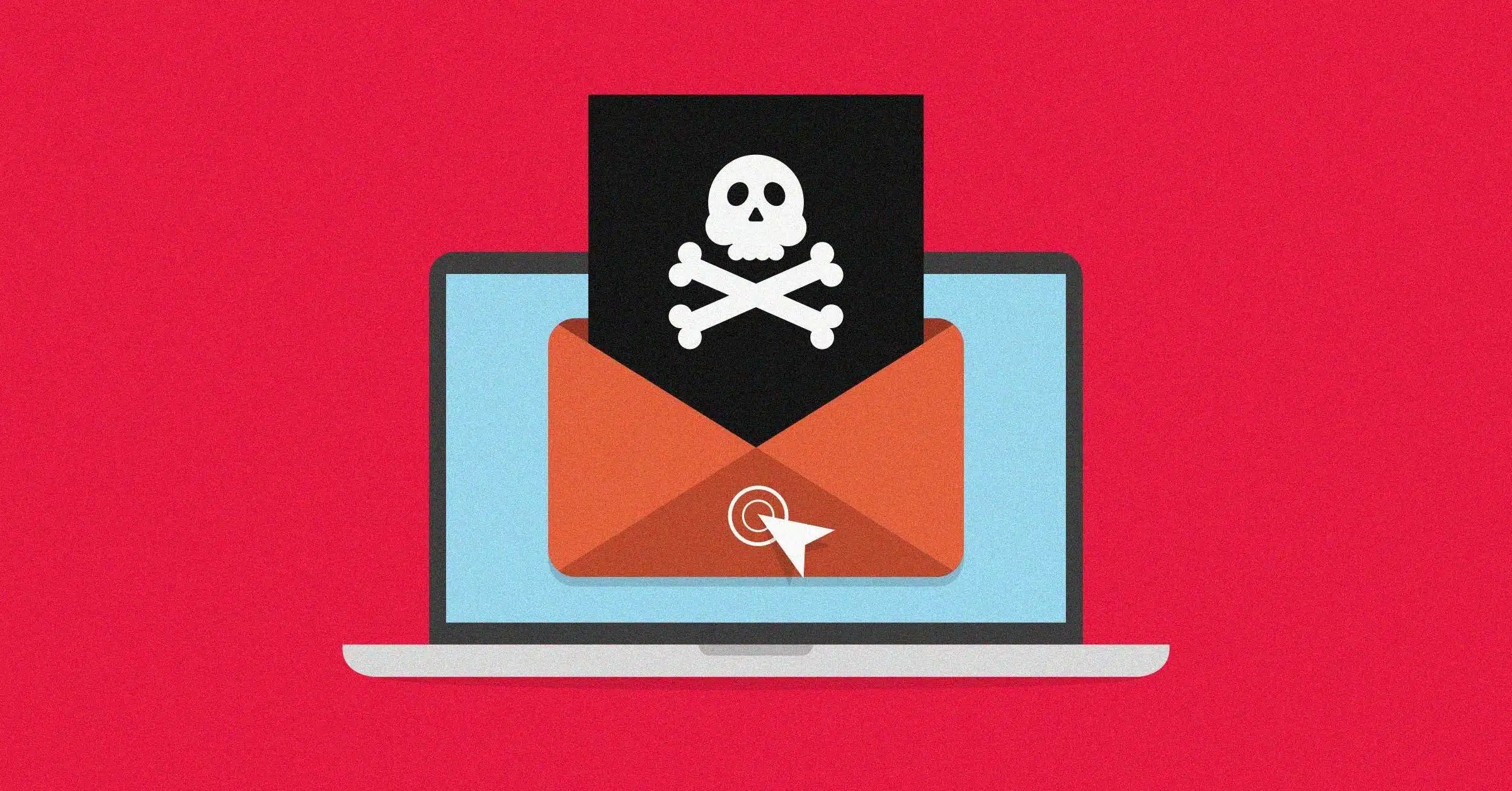What is Email spoofing?
Email spoofing basically comes down to sending emails with a false sender address. This can be used in various ways by threat factors. Obviously pretending to be someone else can have its advantages, especially if that soadvantages, especiallymeone else holds a position of power or trust with regards to the receiver.Email spoofing used in spam and phishing attacks to trick users into thinking a message came from a person or entity they either know or can trust. In spoofing attacks, the sender forges email headers so that client software displays the fraudulent sender address, which most users take at face value.
What is an example of email spoofing?
For example, a spoofed email may pretend to be from a well-known shopping website, asking the recipient to provide sensitive data, such as a password or credit card number. Alternatively, a spoofed email may include a link that installs malware on the user’s device if clicked.
Why spoof the sender address?
Although most well-known for phishing purposes, there are actually several reasons for spoofing sender addresses:
- Pretending to be someone the receiver knows. This can be used to ask for sensitive information or just plain orders to transfer funds.
- Pretending to be from an organization the receiver has a relationship with. Phishing attempts to get hold of bank login details etc. are the most common example.
- Identity theft. Being able to send messages in someone’s name can be the start of an identity theft procedure.
Email Spoofing
Since the email protocol SMTP (Simple Mail Transfer Protocol) lacks authentication it used to be extremely easy to spoof a sender address. As a result, most email providers have become experts at intercepting spam before it hits your inbox. But wouldn’t it be much better if they were able to stop it from being sent in the first place? Well, there have been a few attempts to enforce rules that could accomplish this
Is email spoofing a cyber crime?
Email spoofing happens when the cyber criminal uses a fake email address to commit a malicious act. The criminal may spoof the email address, email sender’s name, or both, depending on the email spoofing tactic. Additionally, the cyber criminal can assume multiple identities: the sender, the company, or both.
What is difference between phishing and spoofing?
phishing aims to take hold of personal information by convincing the user to provide it directly; spoofing aims to steal or disguise an identity so malicious activity can ensue.
How do hackers spoof your email address?
Exposed email addresses can easily be acquired by cybercriminals, from compromised mailing lists, public message boards and even company websites. Email spoofing takes place when a message’s identifying fields are modified so the email appears to originate from an individual other than the real sender.
How to prevent email spoffing?
The easiest way to spoof mails is if the evil-doer finds a mail server that has an open SMTP (Simple Mail Transfer Protocol) port.
Having done that there is – freely available – software that will allow you to use any sender address you like. The receiver would have to check the full headers of the mail to find out whether the mail came from the “real sender” or if it was spoofed. This takes some knowledge and time, that you probably do not want to spend on every incoming mail. In these cases however replies go to the actual handler of the email address and not the attacker.
That is why, in cases like CEO/CFO fraud you will often see that the attackers registered a domain very similar to the one of the company they were trying to trick.










